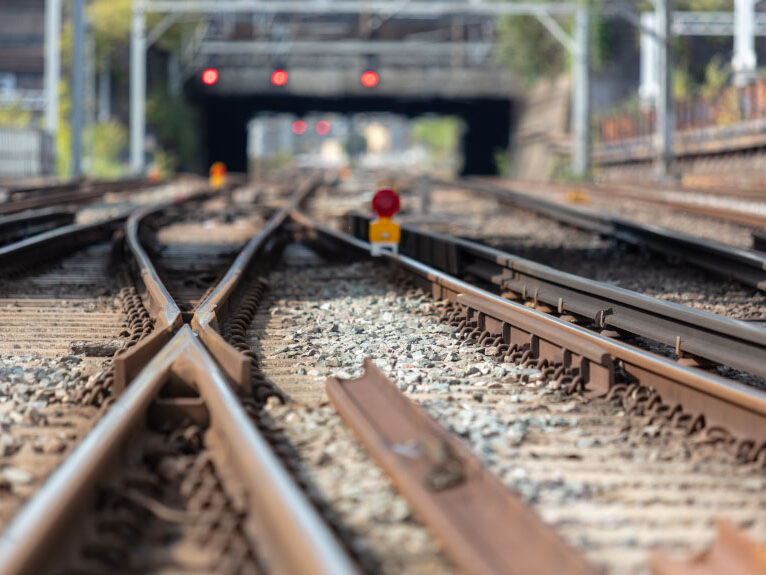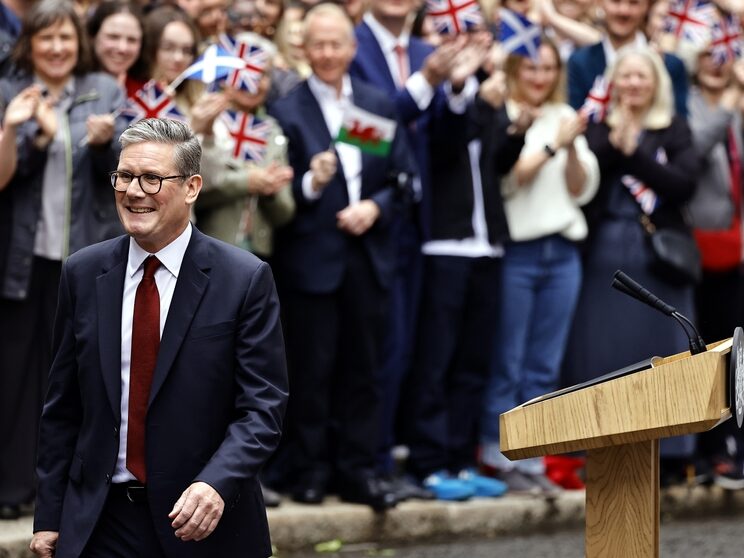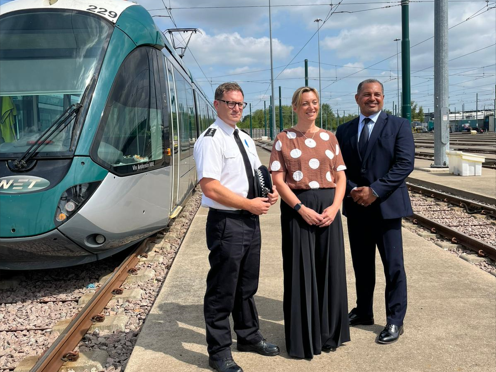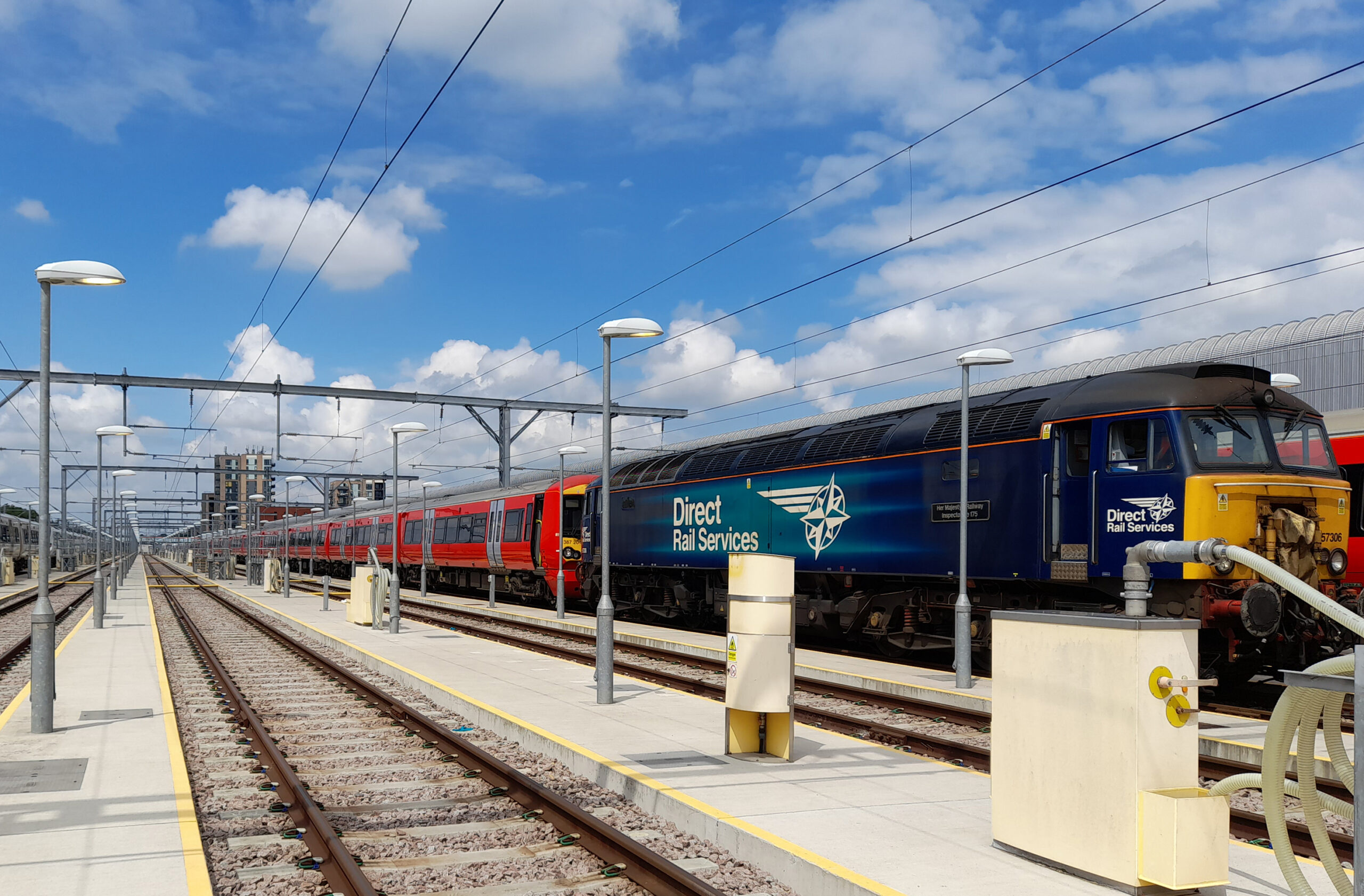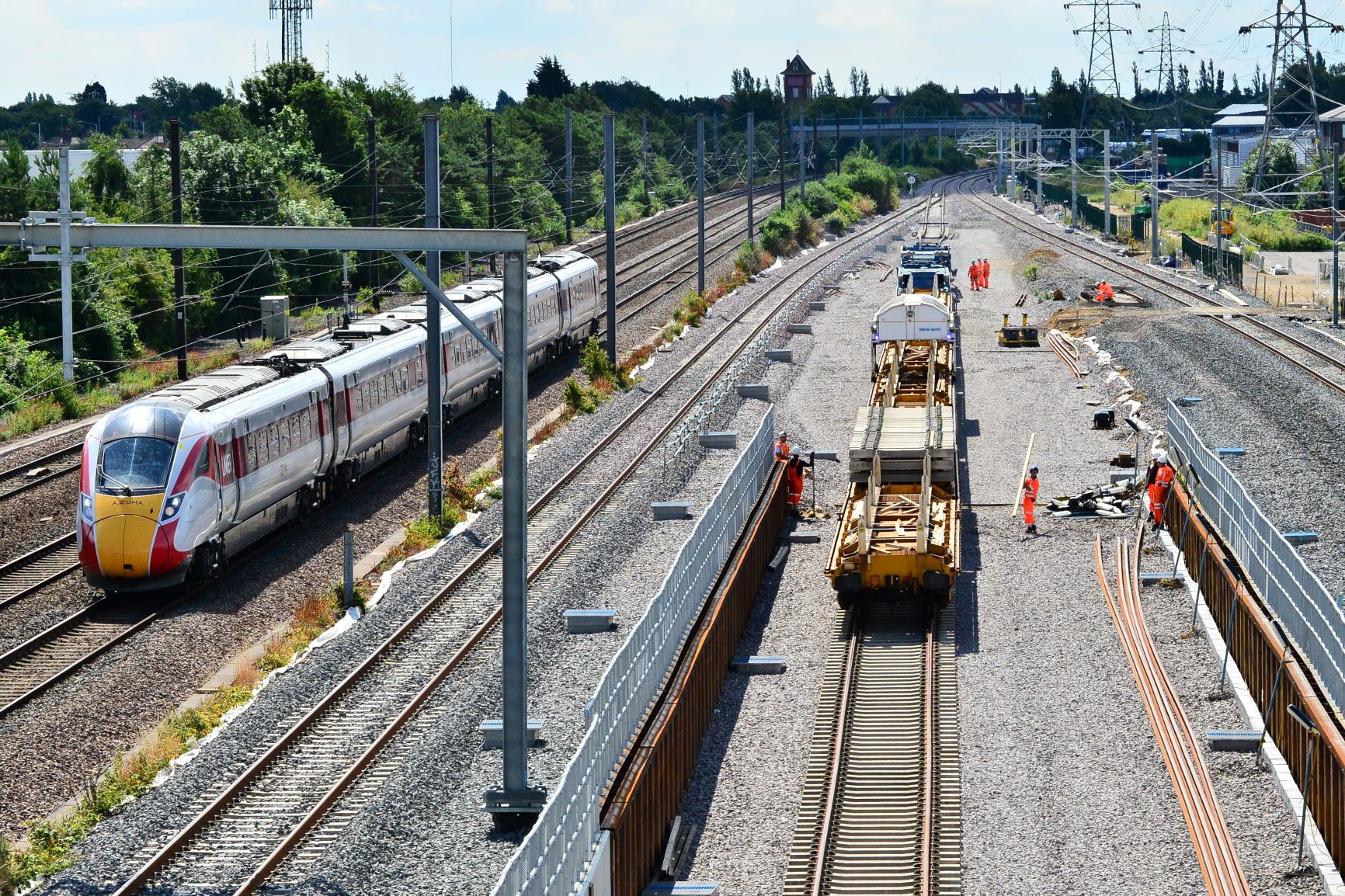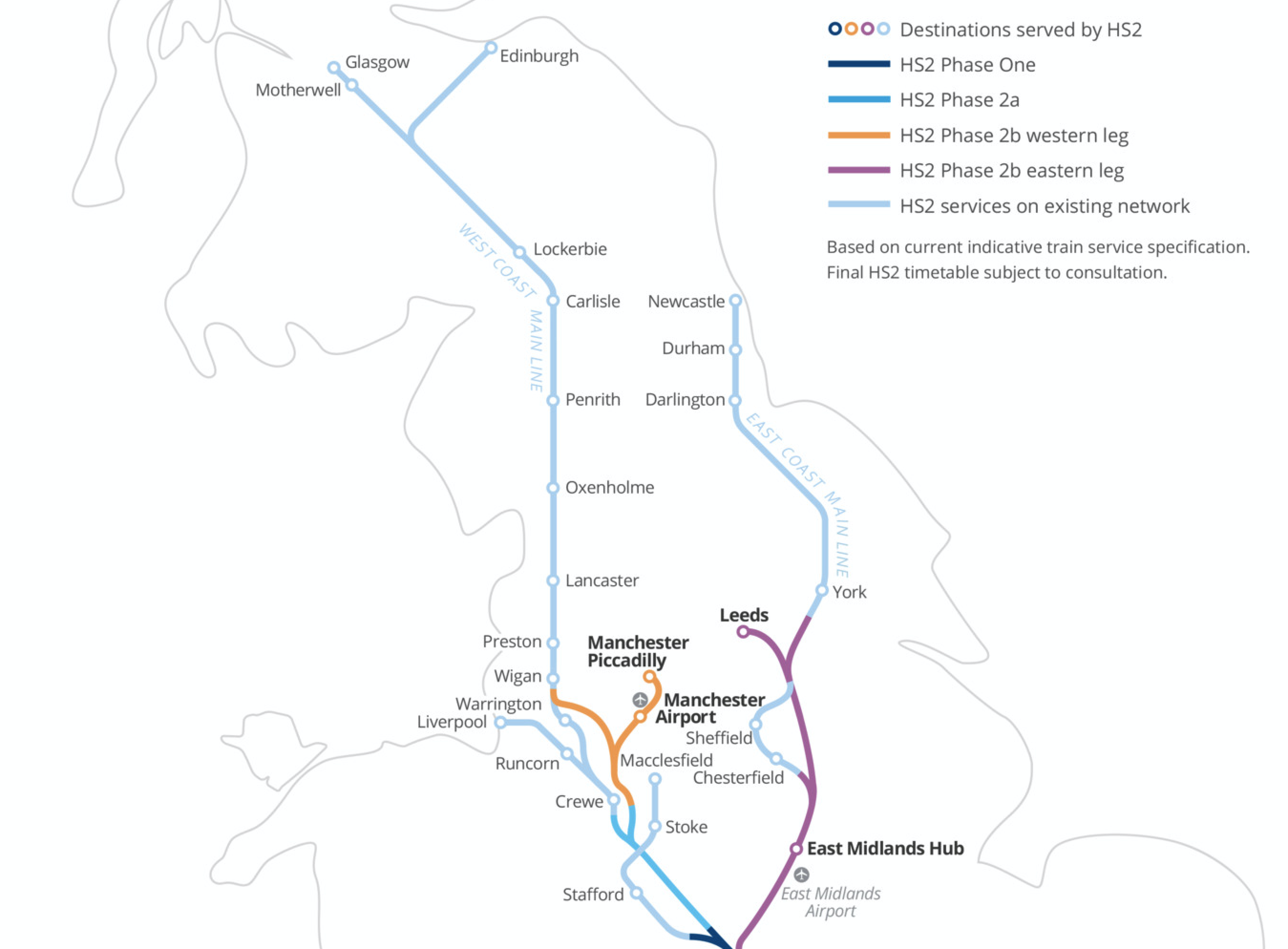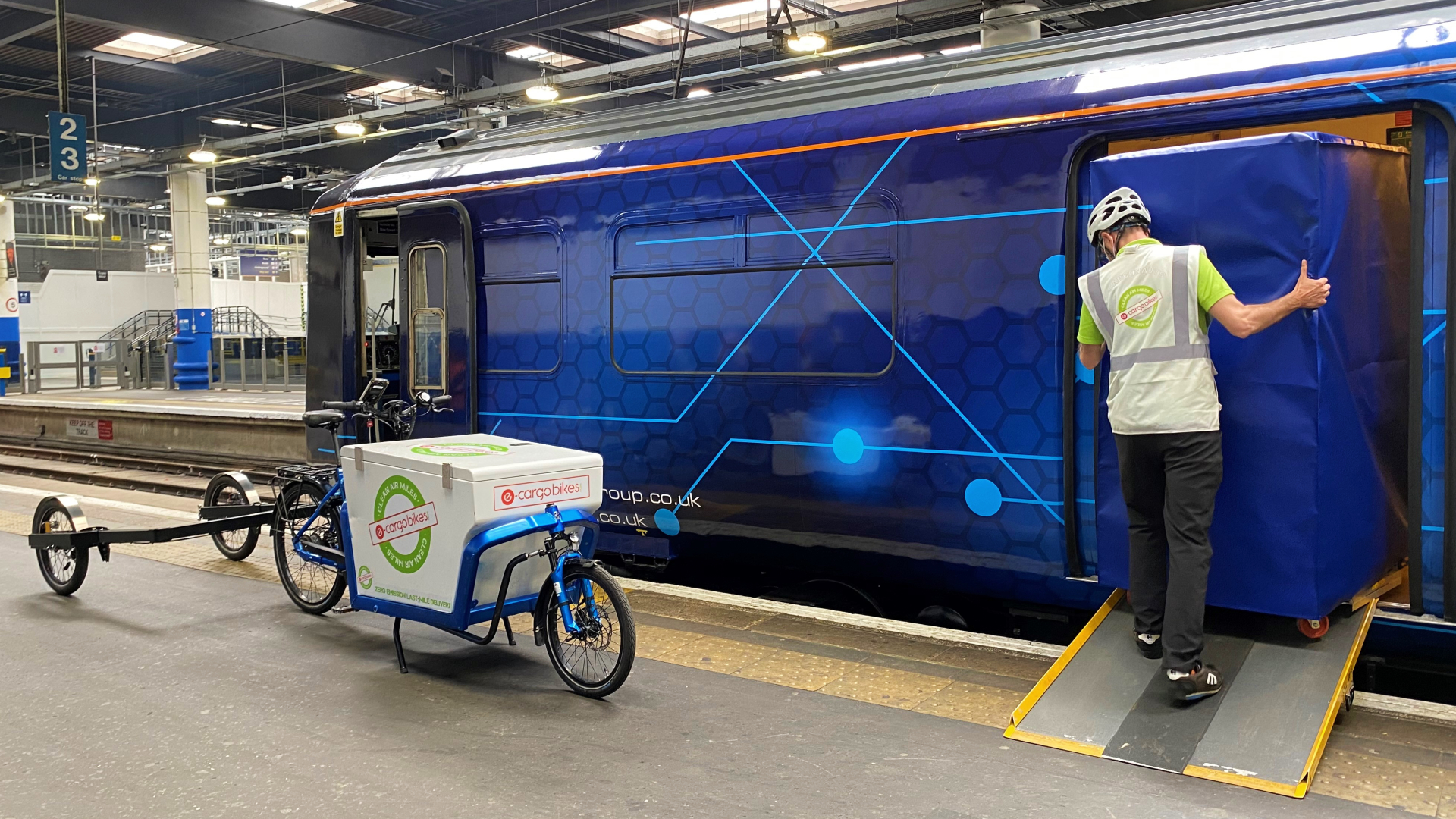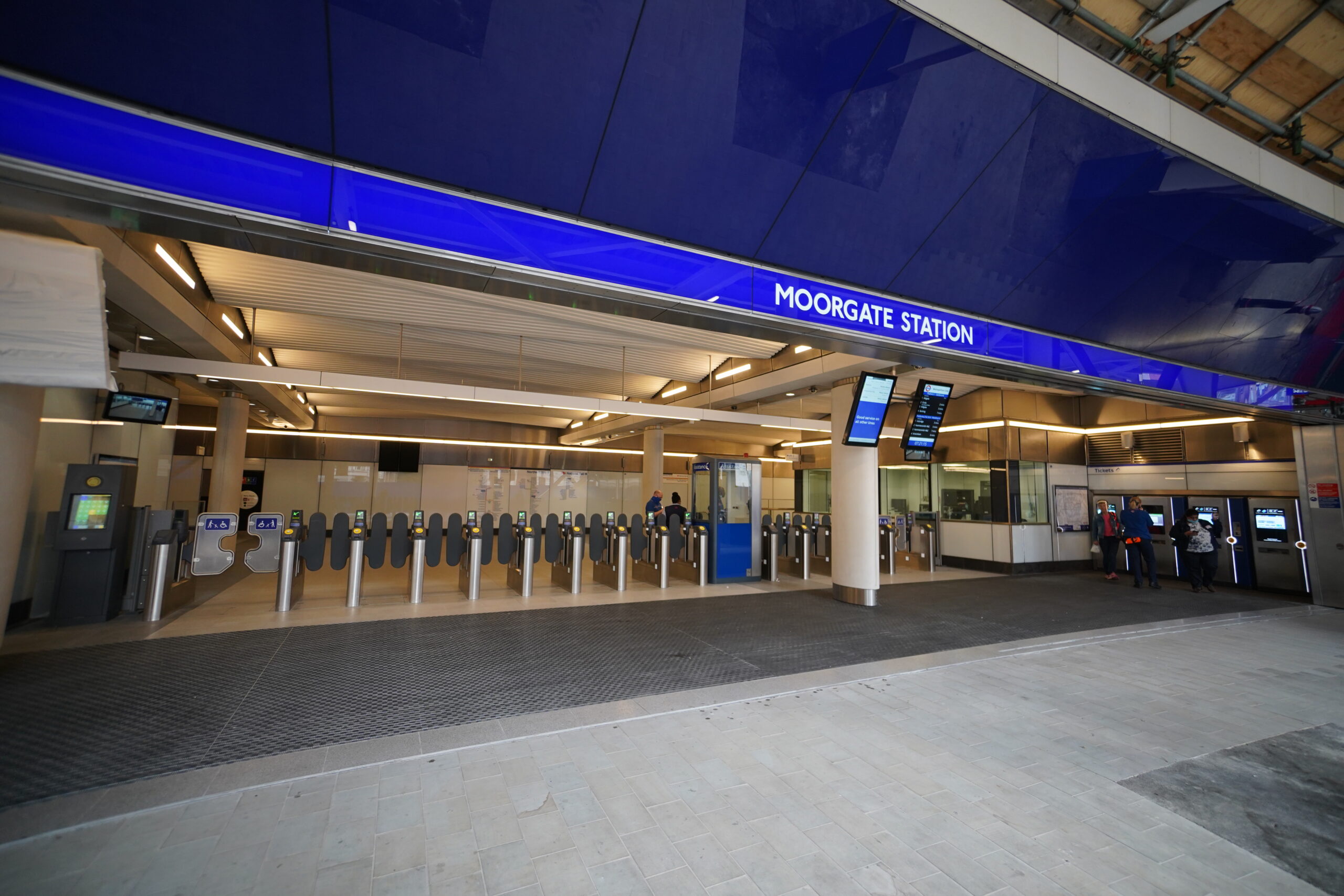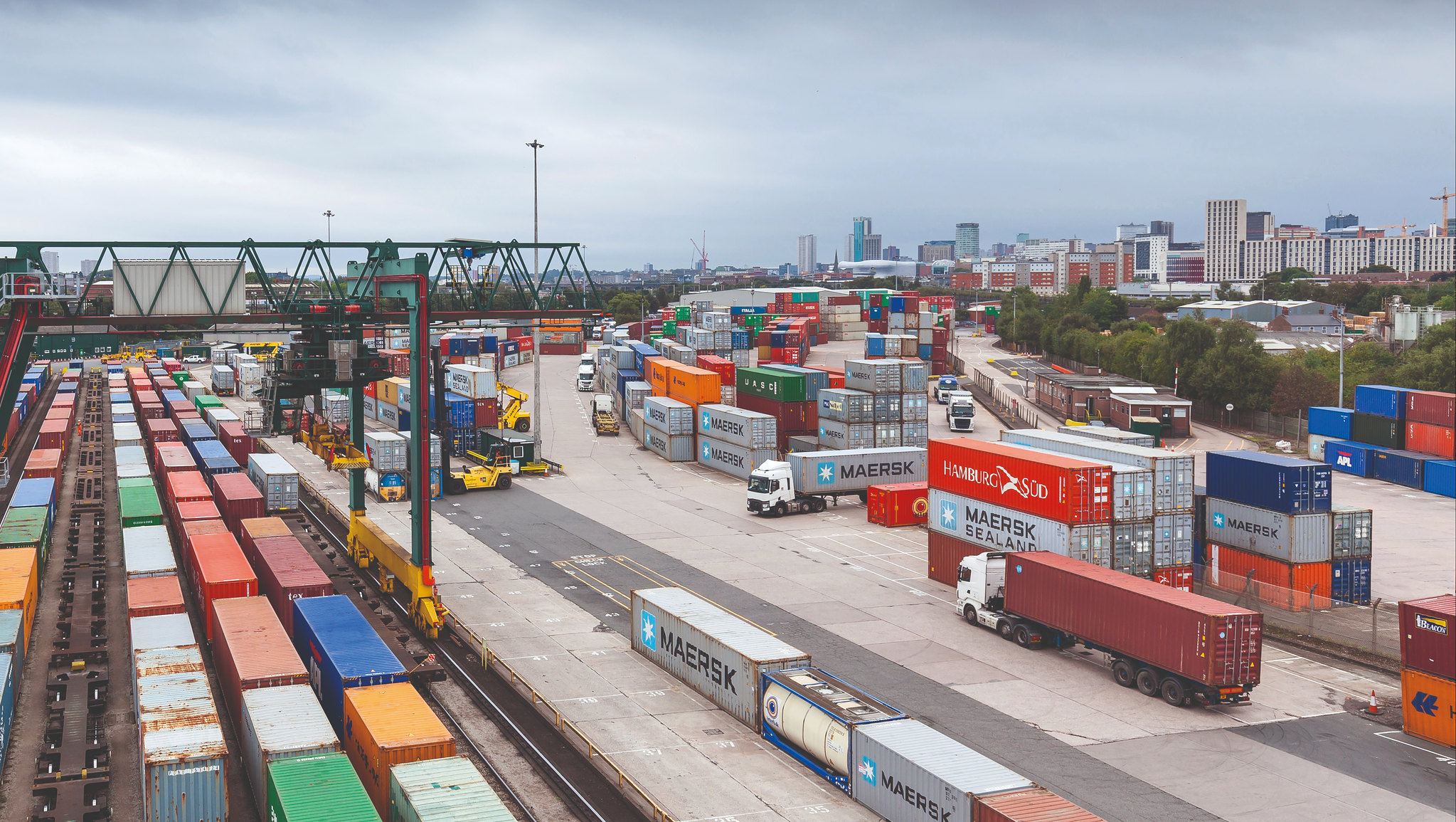On 14 July 2021 the UK government published its Decarbonising Transport plan, in which it outlined its vision for how it intends to achieve its net-zero target for transport by 2050.
As part of this plan, the government has presented its strategy for decarbonising the railways – currently the railways are responsible for 1.4% of transport’s greenhouse gas emissions although they delivered 10% of passenger miles in 2019. The government estimates that decarbonising the railways will deliver 1 billion GBP in air quality benefits between 2020 and 2050. Its commitments are:
- delivering a net zero railway network by 2050, e.g. with the ambition of removing diesel-only passenger and freight trains from the network by 2040
- implementing a programme of electrification guided by Network Rail’s Traction Decarbonisation Network Strategy, supporting up to 3,000 jobs
- supporting the development of battery and hydrogen trains to be deployed on the network
- using technology to clean up diesel trains until they can be fully removed
- building extra capacity on the rail network to meet growing passenger and freight demand and support significant modal shifts from road and air to rail
- improving rail journey connectivity with walking, cycling and other modes of transport
- introducing a rail freight growth target
- incentivising the early adoption of low-carbon traction for rail freight
Electrification: Specifically with regards to electrification, the plan says:As we stated in the recent rail white paper, the William-Shapps Plan for Rail, electrification – a proven, existing technology – is likely to be the main way of decarbonising the majority of the network. Electrification does not merely decarbonise existing rail journeys; it has a clear record of attracting new passengers to rail, the so called 'sparks effect', thus also decarbonising journeys previously done by road.
The plan is then laid out in 3 parts: a vision, strategic priorities for implementation, and an impact assessment on how the plan will affect transport emissions.
The vision for greener transport has a wider focus, positively, than just climate change – although this is a huge and vital concern. It highlights air and noise pollution, the liveability of communities, as well as the impact of transport on health and obesity and the resulting impact on the country’s healthcare service. It concludes that the current transport system places wider costs on society amounting to almost 50 billion GBP annually.
In its strategic priorities, two – number 1 and number 3 – relate directly to rail. Priority 1 is accelerating modal shift to public and active transport. These are to be the natural and first choice for daily activities, it says. To achieve that, the country must have a cohesive, widely available, net zero public transport network. Here the government also acknowledges that trains must be “better value and more competitively priced” but then says it will continue with its existing rail pricing strategy.
High-speed rail is to be an affordable alternative on longer routes where driving is currently an attractive choice.
A further strategic priority, Priority 3, is decarbonising freight by further modal shift, from road and air to more sustainable modes. In addition to making rail freight net zero by 2050, the government says it will increase the capacity to move more goods by rail.
When assessing the impact of all the measures on achieving net zero in transport by 2050, the government admits there is a lot of uncertainty.
The major documents this plan draws in, in terms of rail are:
- Network Rail’s Traction Decarbonisation Network Strategy
- The William-Shapps Plan for Rail
- The as yet not published Integrated Rail Plan, which will set out how to deliver and sequence HS2, Northern Powerhouse Rail and other major rail projects
The number one way of decarbonising the railways is electrification, the number one way of decarbonising transport is modal shift. This plan appears to recognise the wider benefits and implications of these goals. However, it remains to be seen just how much more of the network the government will electrify and how much modal shift it can encourage given the paucity of new railway lines under construction, especially when compared to the number of miles of roads (4,000 miles over five years) being built in this budget alone.

















